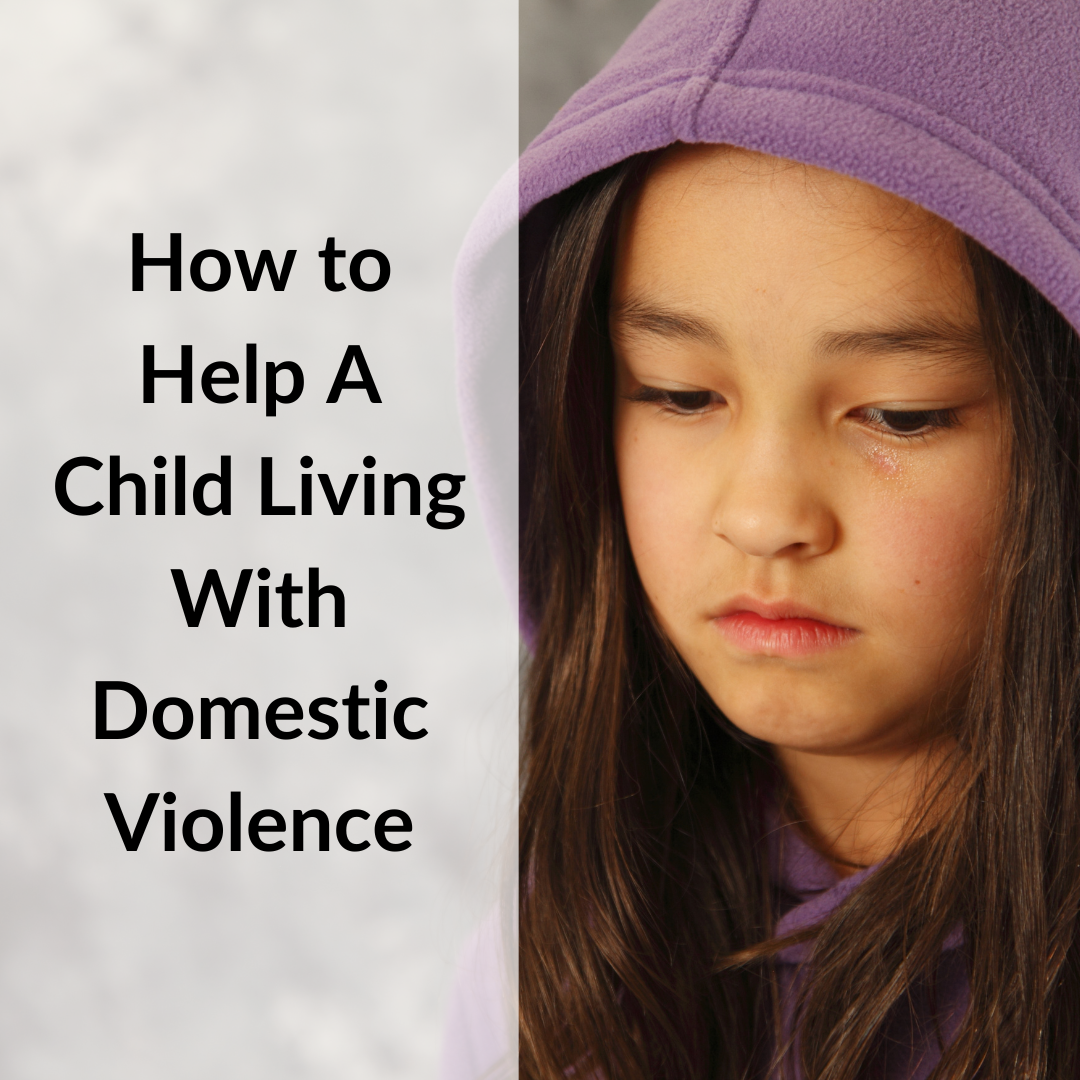In the United States, 1 in 15 children are exposed to domestic violence (DV) each year, and 90% of these children witness the violence that occurs in their homes. These are daunting statistics. Perhaps you know of and want to help a child living with domestic violence (DV). You know you can help this child have more hope than they currently have. You just aren’t sure where to start or what you should know first.
Why a Child Living in a Violent Home Needs Support
Children who grow up in homes with domestic violence are impacted, even if they are not physically harmed. Just witnessing violence between caregivers can create deep, lasting stress. It shapes how a child sees themselves, others, and the world around them.
A child in this situation may feel unsafe, confused, or responsible for what’s happening. They may blame themselves, stay quiet to avoid conflict, or try to fix things beyond their control. Over time, these patterns can lead to anxiety, difficulty trusting others, emotional numbness, or problems with focus and behavior.
Support from a steady adult can interrupt those effects. It helps the child feel seen, protected, and less alone. Even small actions—such as listening, maintaining routines, and offering calm reassurance—can make a significant difference. The earlier this support begins, the more it can help the child grow in a healthier and more secure direction.
What to Say First to a Child Affected by DV
You may not know it, but when you help a child living in a home with DV, you are helping them to build their resiliency. Resiliency is the ability to cope with adversity, which can be very difficult for children to achieve when facing DV. Without resilience, children struggle to achieve successful outcomes and are unable to cope with adversity as they grow older and into adulthood. The negativity, fear, and insecurities they faced as children will compound, leading to struggles with mental or physical health, as well as social and relational issues.
Children affected by domestic violence need steady support to help counter what they’ve lived through. At the same time, kind words matter; what adults do consistently has the most lasting impact. Resilience grows through small moments of safety, connection, and encouragement.
Here are some practical ways to support that growth:
-
Create predictable routines. Knowing what to expect helps children feel secure and reduces anxiety. Maintain consistent mealtimes, bedtimes, and transitions whenever possible.
-
Offer choices when appropriate. Letting a child make small decisions builds a sense of control and confidence.
-
Name their strengths. When a child shows kindness, creativity, or patience, be sure to point it out. These moments help rebuild self-worth.
-
Support relationships with safe, caring people. A trusted teacher, coach, or extended family member can provide an additional layer of support.
-
Allow room for emotions. Let the child express sadness, anger, or fear without rushing to fix it. Being heard and accepted helps reduce shame.
-
Use structured activities. Drawing, journaling, or guided reflection can help children understand and manage their emotions when talking is difficult.
These actions may seem small, but when they are steady and sincere, they help a child begin to feel safe again—and that’s where resilience starts.
Be THE ONE to support a child living with domestic violence (DV)
Tools & Resources to Use Now
Not every child wants to talk about what’s happened. Some don’t have the words. Others worry they’ll get in trouble or won’t be believed. That’s why tools that offer structure and emotional safety are so necessary.
Here are a few types of resources that can help right away:
-
Guided journals and activity books for children who need help naming and organizing their thoughts
-
Printable worksheets that focus on identifying feelings, building calm routines, and practicing self-expression
-
Storybooks that gently explain big emotions or tough family dynamics
-
Support tools for caregivers with prompts, scripts, and strategies that reduce guesswork
-
Screening tools that help adults understand whether a child may be affected by CDV
You don’t have to use every tool. Select one or two that align with your relationship with the child and the specific situation. What matters most is consistency. Using a tool together, even once or twice a week, can help a child feel more supported, more understood, and less alone.

